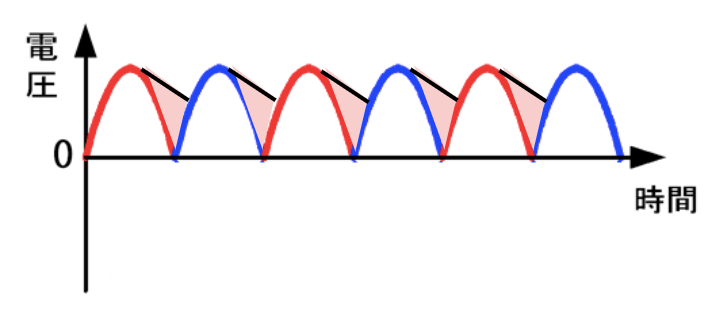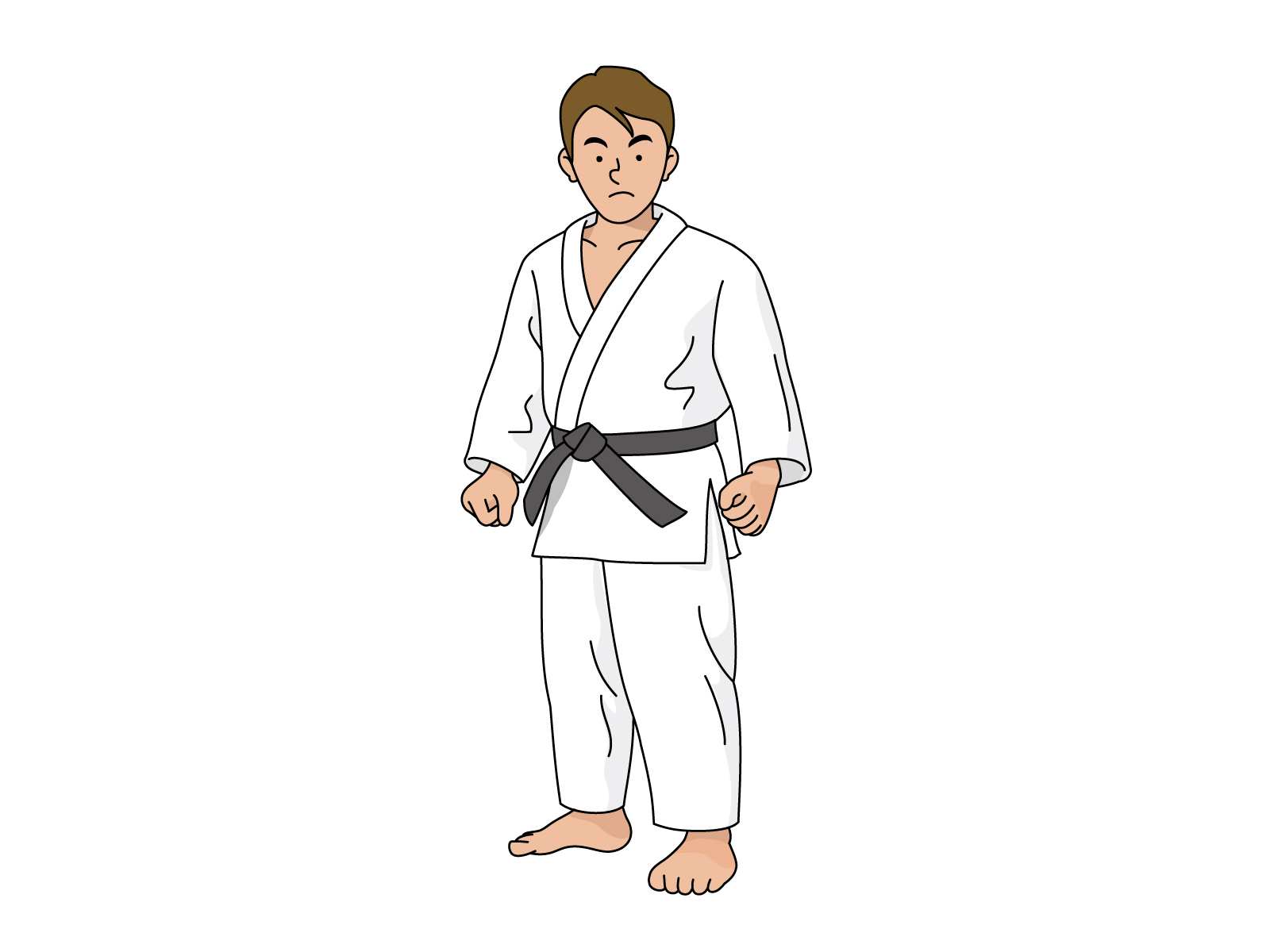Those who have studied electric circuits can understand circuit diagrams, but for those who do not, circuit diagrams are a big wall. Since we are not designing here, we will explain the switching power supply by dividing it into rough blocks.
Switching power supply circuit block
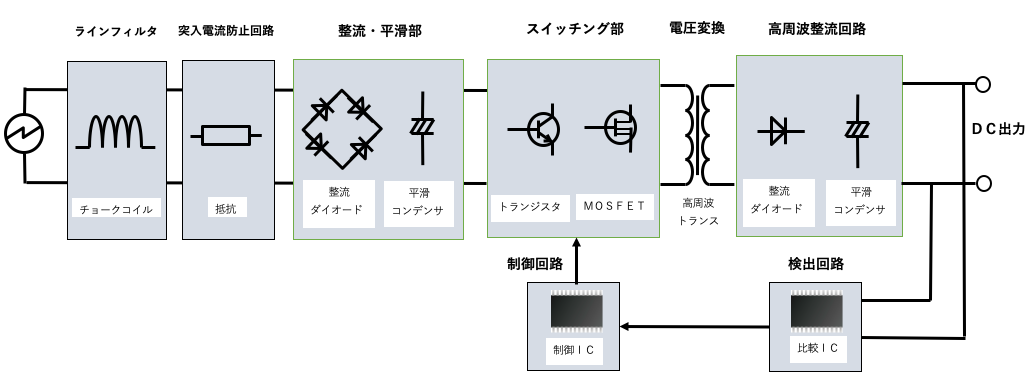
The switching power supply first has a “line filter” that attenuates noise and an “inrush current prevention circuit” that suppresses inrush current, and an “rectifying / smoothing circuit” converts alternating current to direct current. DC voltage that is still unstable is switched (ON / OFF) at high speed with a transistor or MOSFET to form a high-frequency pulse, and a current is passed through a “high-frequency transformer.” A rectifier diode and a smoothing capacitor are used in the subsequent stage of the transformer, the output voltage is detected and compared by the “detection circuit”, and the electric signal is fed back to the switching section by the “control circuit” to control the pulse width and control the output voltage. Make it constant.
Line Filter
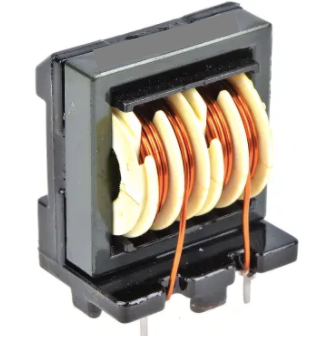
The common mode choke coil acts as a noise filter that attenuates the noise that flows in from the input side and the noise that returns from the inside of the power supply to the input side.
Inrush current prevention circuit
It reduces the surge current that flows into the smoothing capacitor when the input is turned on. If the electrolytic capacitor is input when it is not charged, the current will flow at once, and it will be charged and the voltage will rise and the current value will drop. The inrush current value is determined by the capacity of the smoothing capacitor.
By inserting a resistor in the input line, the inrush current (surge current) will be 15A at maximum AC100V input and 30A at AC200V input. However, the method of suppressing the inrush current with a resistor always causes heat loss in the resistor when the power supply is operating, so it can only be used with a small capacity power supply of 100W to 150W
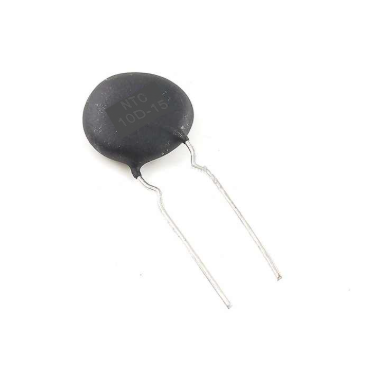
For power supplies with larger capacities, a thermistor is used to reduce the inrush current. In the thermistor method, the resistance value is large when the thermistor is low temperature, so the inrush current is suppressed, and then when the thermistor becomes high temperature, the resistance value becomes small, so the loss (heat) can be reduced.
Rectifying / smoothing part
Rectified with a bridge diode
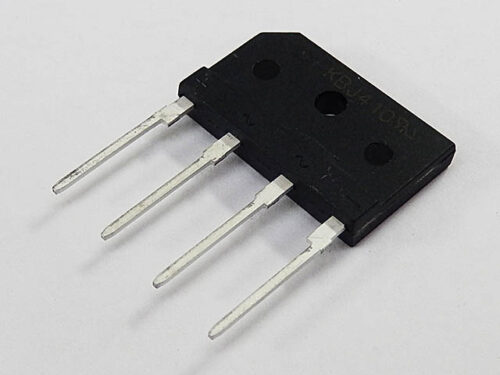
The bridge diode uses four diodes to convert alternating current to direct current (full-wave rectification).
For example, when the current flows from ① to ⑧ from the AC power supply, the current flows from ④ to ⑤ in ④⑤ on the way.
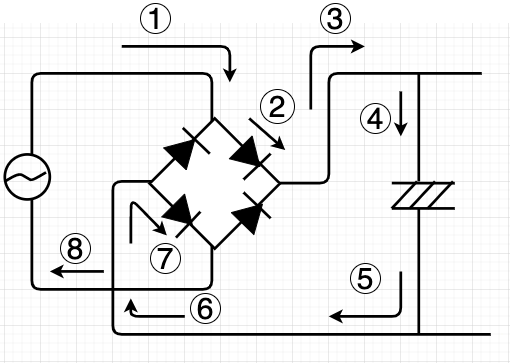
Next, when the AC power supply flows in the opposite direction, the current should flow from ⑤ to ④ in ④⑤, but the bridge diode causes the current to flow from ④ to ⑤, Next, when the AC power supply flows in the opposite direction, the current should flow from ⑤ to ④ in ④⑤, but the bridge diode causes the current to flow from ④ to ⑤, in other words, the direction in which alternating current flows can be the same (direct current).

With this bridge diode, the direction of the current is changed to the solid blue line by tilting the dotted blue line in the figure below to the opposite side (full-wave rectification). Although the direction of the current has changed to direct current, the voltage fluctuation remains large at this rate.
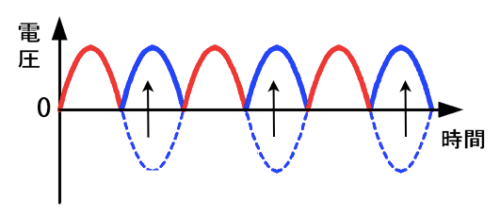
Smooth with a smoothing capacitor
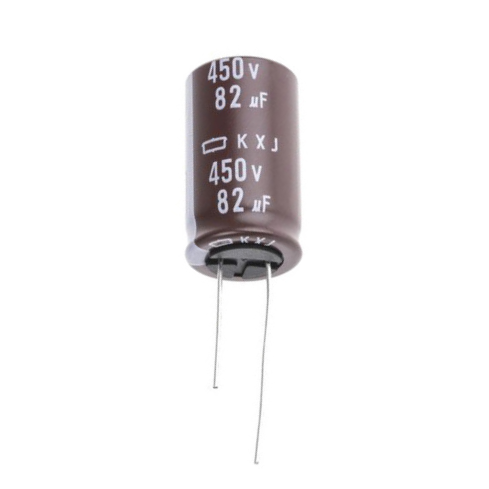
If the voltage drops too much, use an aluminum electrolytic capacitor to make the voltage “smooth”. Since the electrolytic capacitor can store electricity, it is possible to prevent the voltage from dropping by discharging the part where the input voltage drops. The pink part is the part that prevents the voltage from dropping due to the discharge of the capacitor. The reason for using an aluminum electrolytic capacitor is that it requires a certain amount of capacity because it charges and discharges.
